Have you ever wondered why your feline friend seems to stare right into your soul? That intense gaze carries more significance than you might realize, especially when it comes to training your cat.
While dogs look to their owners naturally for guidance, cats operate on an entirely different wavelength. Their approach to visual communication has roots in ancient survival instincts, making eye contact both a powerful training tool and a potential source of stress. Mastering the art of feline eye contact can transform your relationship with your cat and unlock surprising obedience potential.
The Natural Language of Cat Eyes
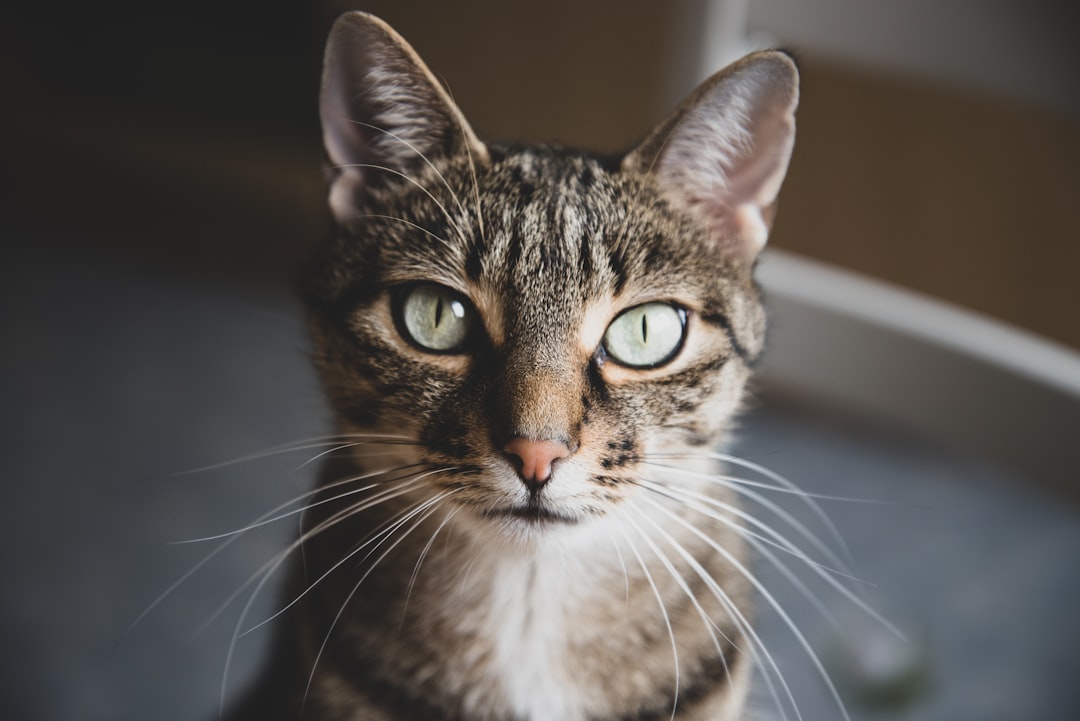
In the wild, direct eye contact often signals a threat or challenge. When cats encounter unfamiliar animals or humans who stare at them, their instinctive response is usually defensive or cautious. This explains why many cats become uncomfortable when strangers attempt prolonged staring sessions.
However, cats have also developed sophisticated ways of using eye contact for positive communication, particularly with those they trust. The most famous example is the “slow blink,” often referred to as a “cat kiss” – a gesture of affection and trust that cats share with their favorite humans. Understanding this natural behavior becomes the foundation for successful training programs.
Building Trust Through the Slow Blink Method
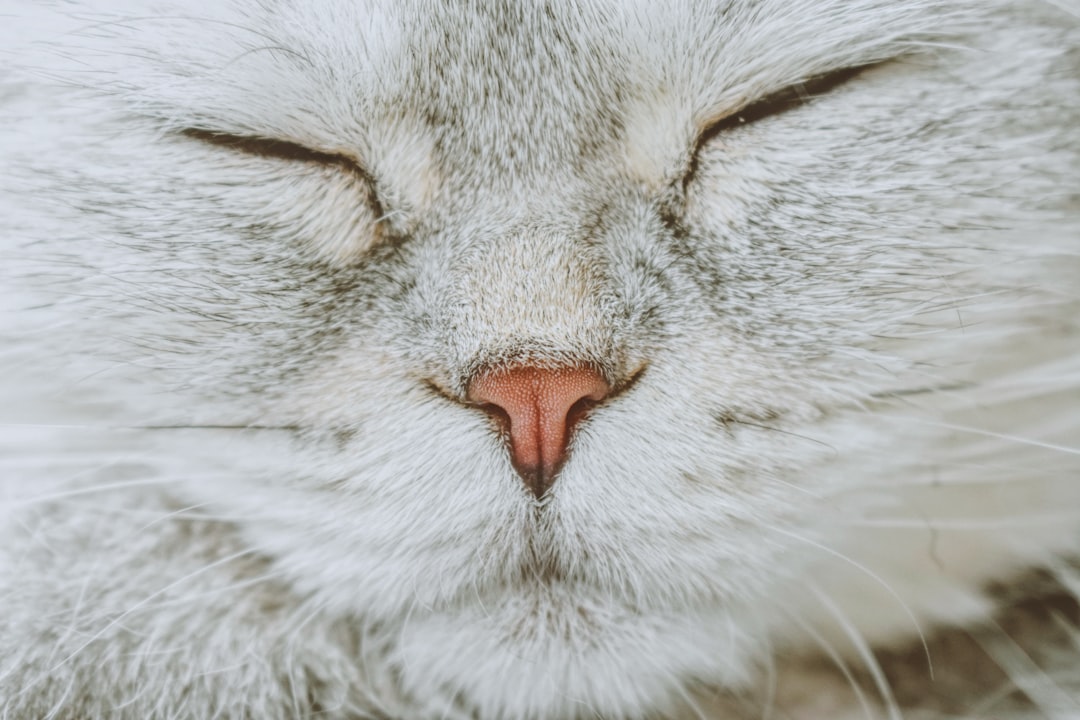
Slow blink sequences typically involve a series of half-blinks followed by either a prolonged eye narrow or an eye closure. Cat half-blinks and eye narrowing occurred more frequently in response to owners’ slow blink stimuli towards their cats (compared to no owner–cat interaction). This scientific finding proves that cats genuinely respond to human eye movements.
Occasionally add in a soft, slow blink to show her that you are friendly. If you notice that your cat looks at you and blinks at you slowly, it means that they feel comfortable around you. You can also return the sentiment by giving your cat a slow blink. This reciprocal communication creates the emotional foundation necessary for effective obedience training.
Teaching the Watch Command
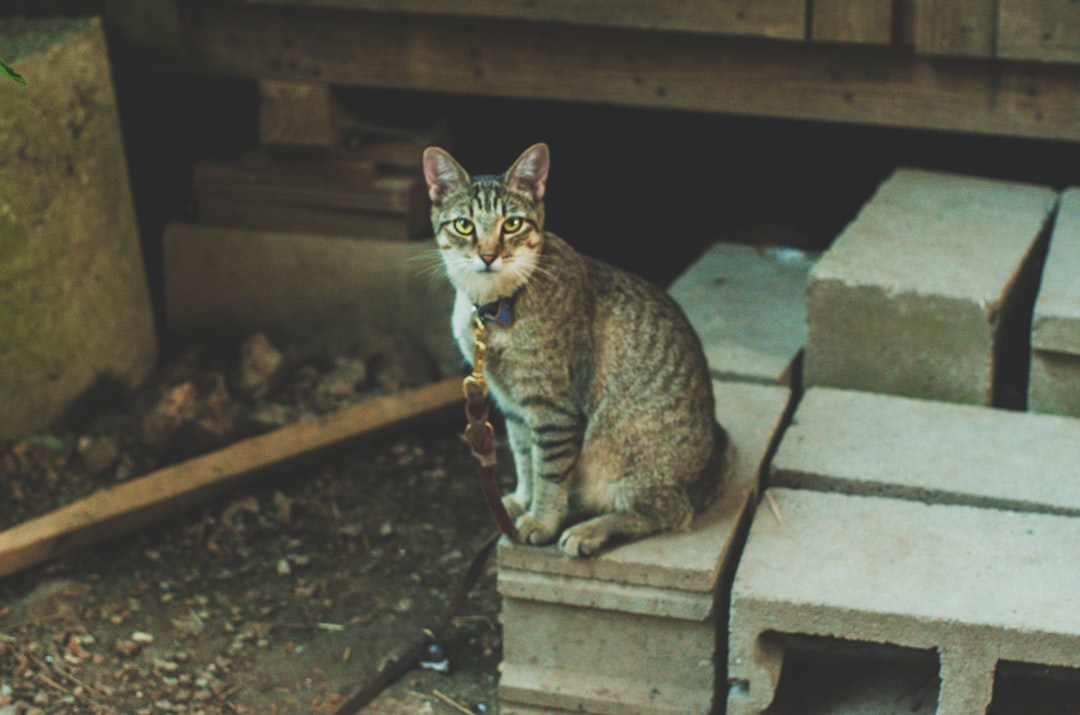
Give the cue – “watch,” for example – just as your cat glances toward you. After several repetitions, when your cat begins to look up toward your eyes for a treat, begin to give the behavior (looking at you) a name or command, like “Look” or “Watch Me.” Say the command at the moment you “bait” the cat (i.e. attract her attention), right before she looks.
Over time, this will teach her to associate the cue – “watch” – with the behavior of making eye contact. Pairing eye contact with a verbal cue and a consistent positive reward can help decrease your cat’s fear of the experience. This technique transforms what could be intimidating into something rewarding and enjoyable.
Using Food Motivation for Eye Contact Training
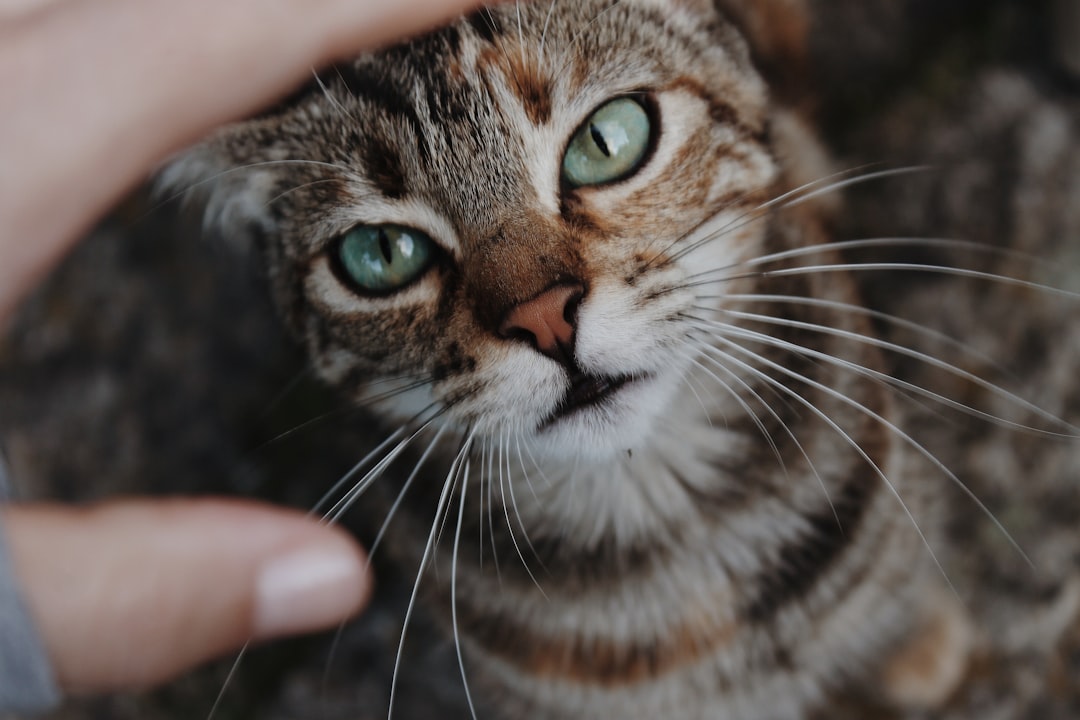
The easiest way to teach your cat to look at you is by holding a treat at eye level and making an interesting sound (e.g. kissy noises, squeak from a squeaky toy). As soon as your cat makes eye contact, give her the treat by moving it in a straight line from your eyes to her. This creates a clear visual connection between your eyes and the reward.
Pairing eye contact with verbal cues and consistent positive rewards can help your cat feel more comfortable looking at people. Using a lure like a treat or toy followed by a positive reward can also make your cat look in your direction. The key lies in making eye contact feel rewarding rather than threatening.
Reading Your Cat’s Eye Contact Comfort Level
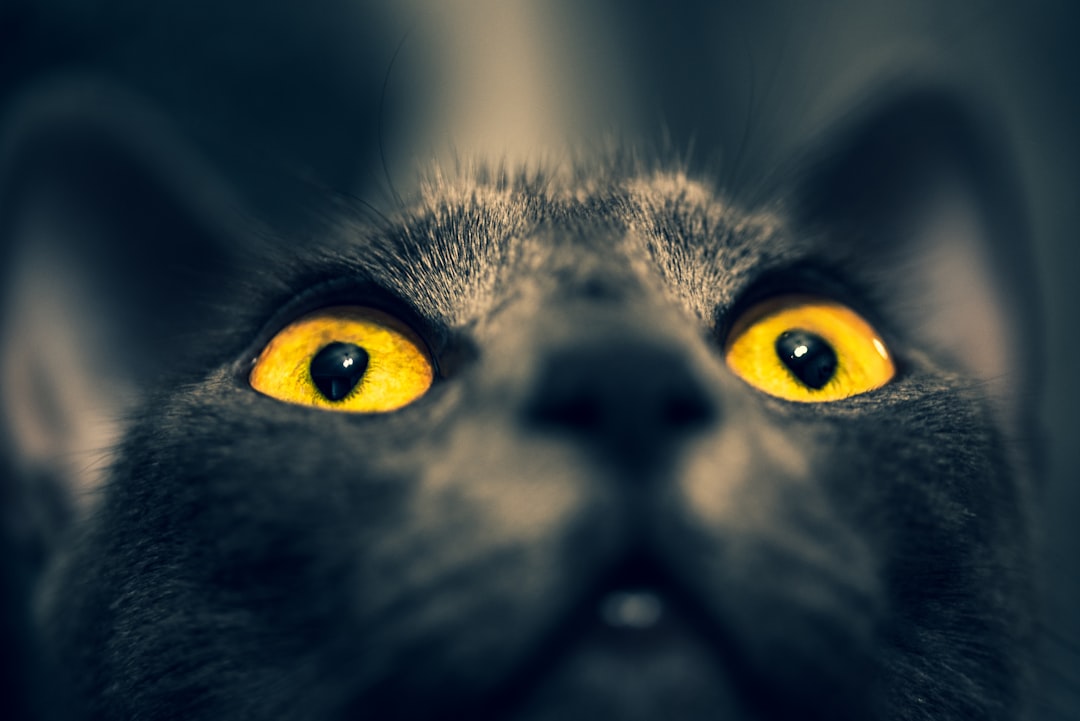
When a cat’s pupils are dilated, it can mean that the cat is feeling fear, nervousness, or anger. Narrow pupils or partially closed eyes can indicate that a cat is confident, relaxed, sleepy, or calm. These physical signals help you understand when your cat is ready for training versus when they need space.
If your cat is staring at you with half-closed eyes, this is a sign that they’re comfortable being vulnerable around you. For cats, closing their eyes is the ultimate sign of trust. This body language indicates the perfect moment to reinforce positive training behaviors with rewards and praise.
Addressing Eye Contact Anxiety in Shy Cats
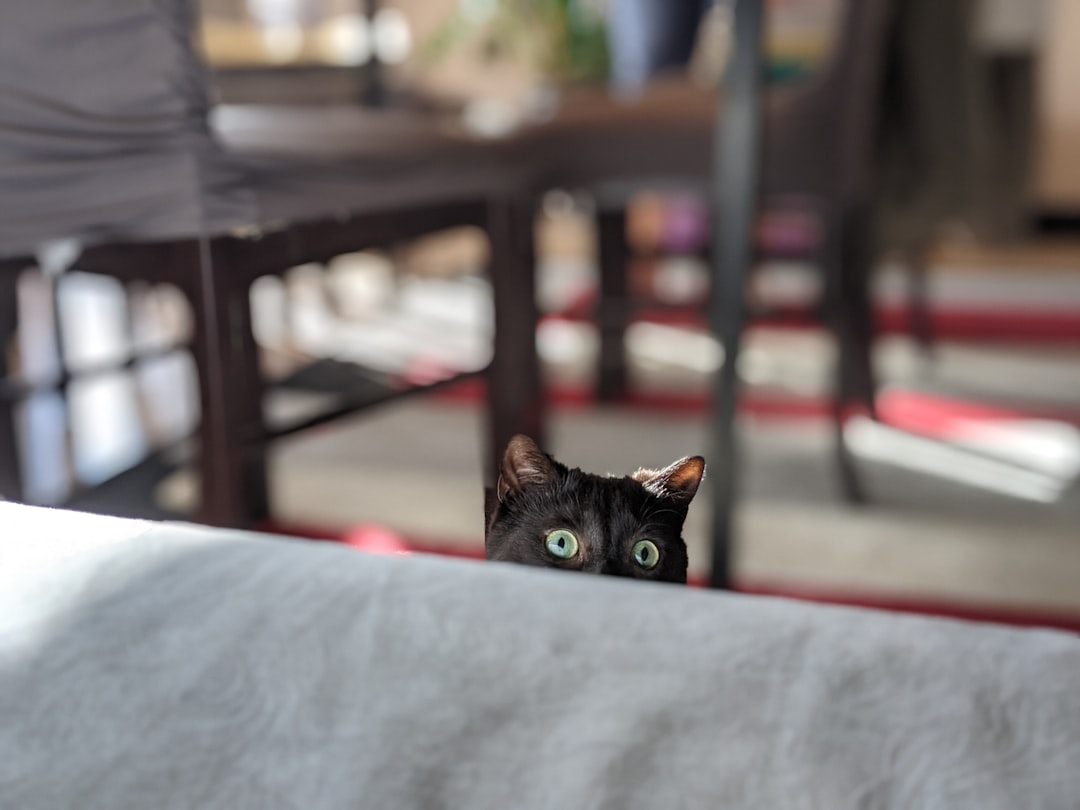
If your cat is shy or hesitant around people, rewarding eye contact can be a powerful way to build her confidence and help make her more comfortable with humans. If you are dealing with a shy cat, start by positioning yourself as close to the cat as she will allow – she may let you get fairly close, as long as you don’t reach out to touch her, or you may need to sit on the other side of the room.
Avoid looking directly at your cat. Instead, sit with your body turned slightly to the side and use your peripheral vision to watch your cat. Reward her with a delicious treat each time her head turns even slightly in your direction. This gradual approach prevents overwhelming anxious cats while still building the foundation for future training success.
Integrating Eye Contact into Basic Commands
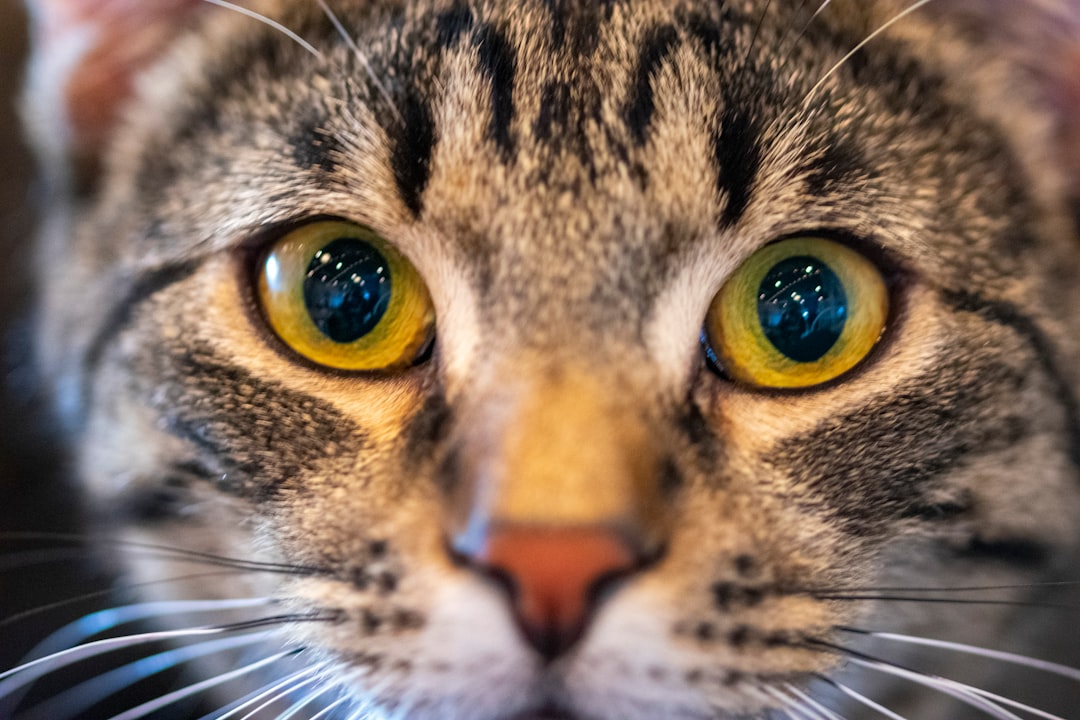
These include commands such as “sit,” coming when called, “stay,” “drop it,” target training, eye contact, etc. Many of the basic obedience skills are used as building blocks for future skills. Eye contact serves as the cornerstone that makes all other training more effective.
Say your kitten’s name so they turn and makes eye contact with you. This simple technique ensures your cat is paying attention before you give any other command. Always use your cat’s name when issuing a command, as well as the same word or phrase for the desired action. Click the clicker at the precise moment your cat performs a desired behavior.
The Science Behind Successful Eye Contact Training
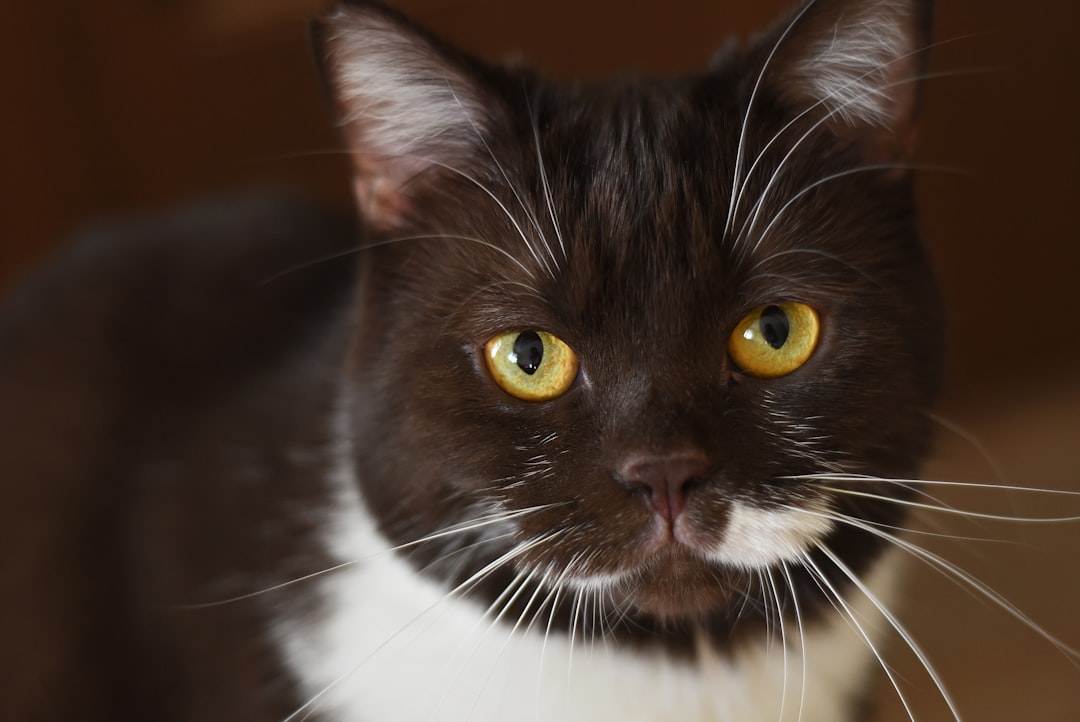
In a second experiment, this time where an experimenter provided the slow blink stimulus, cats had a higher propensity to approach the experimenter after a slow blink interaction than when they had adopted a neutral expression. This research demonstrates that cats genuinely prefer and respond to humans who use appropriate eye contact techniques.
Mieshelle reportedly has spent over 20 years developing methods that have shown high success rates with clients (even higher for the most common issues). Many clients reportedly experience significant improvement in urination, defecation and excessive vocalization issues within the first 1 to 2 weeks of implementing the behavior recommendations. These impressive statistics show that understanding feline behavior patterns leads to remarkable training outcomes.
Common Mistakes in Cat Eye Contact Training
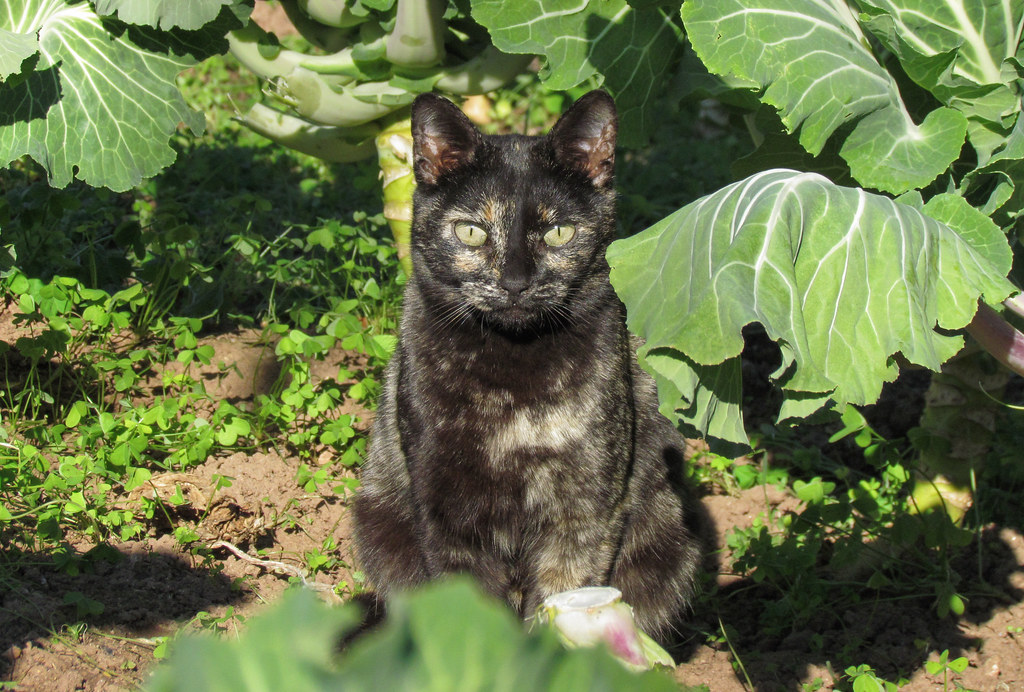
While we consider eye contact friendly, our pets view it as assertive, threatening, and intimidating. This is why if you’re trying to get your cat’s attention by calling their name and looking in their direction, the cat may choose to ignore you completely. Many owners make the mistake of staring too intensely or for too long during initial training sessions.
These trials indicated that in cats, as in some other species, individuals may perceive direct eye contact from humans as threatening. Recognizing this natural response helps trainers adjust their approach accordingly. Starting with brief glances and building gradually prevents creating negative associations with training time.
Creating Consistent Training Success
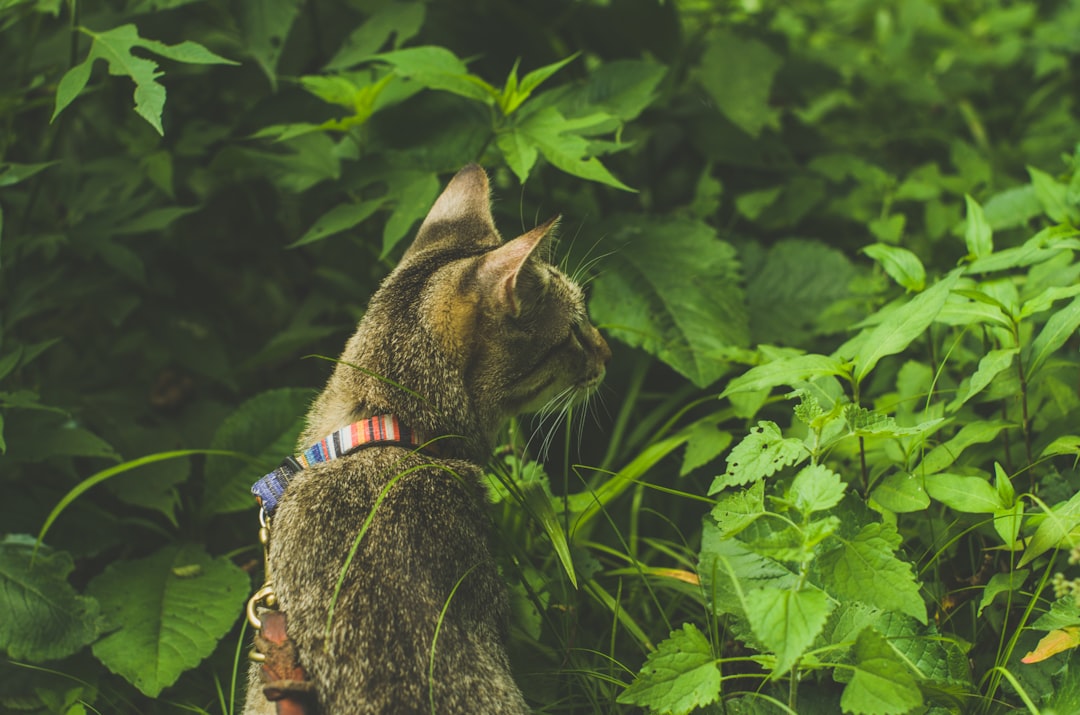
For a cat, these may be targeting on your finger or a stick, and learning to pay attention to you through eye contact. Build a toolbox of known behaviors such as voluntary eye contact, touch, or a chin rest. This foundation allows you to build more complex behaviors over time.
With repetition, your cat grows to associate the click with getting a tasty morsel and recognizes his own ability to earn treats by performing the desired action on command. Keeping your frustration at bay and practicing patience is key. Remember that each cat learns at their own pace, and consistency beats intensity every time. Cats can be trained in much the same way as dogs, although because felines are more independent, training might take a bit longer.
Conclusion

Eye contact with cats isn’t just about building a connection – it’s about creating a communication bridge that makes all other training possible. When you understand your cat’s natural eye language and work with their instincts rather than against them, remarkable obedience becomes achievable.
The journey from suspicious stares to trusting gazes takes patience, but the rewards extend far beyond simple commands. You’ll discover a deeper relationship with your feline companion that’s built on mutual respect and understanding. What would you have guessed – that something as simple as a slow blink could unlock your cat’s potential for obedience?





